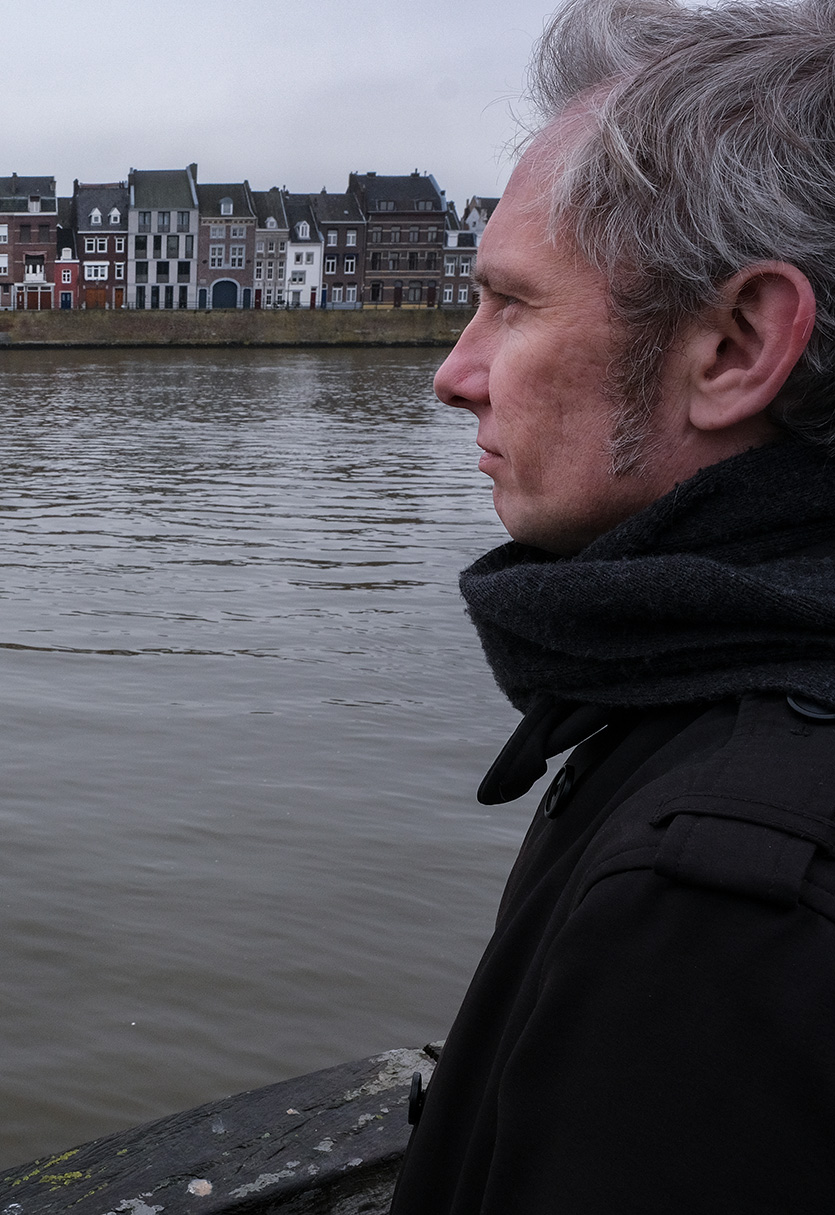Bridge issues
When you cross a bridge, what crosses your mind? Do you think about the weather, about your shopping list, or do you wonder whether you will catch the train?

From 1736 to 2019
Modern-day graphs can be much more complex, and they are often analyzed by computers. Kelk: “A famous example that we see today is the abstraction of ‘friends’ on social networks. People are shown as dots, and the lines between them mean that they know each other. There’s a vast amount of information in these graphs. You can ask all kinds of questions about them, and although I don’t work on social networks, this gives an idea of what my research is about.”
…in biology
Kelk currently studies ancestral trees, which are used in biology to visualize the relationships between various organisms. The trees are constructed based on analysis of DNA sequences, but different analyses produce different results. “One tree might say species A and B were close relatives, while another might say that species A and C are closer. I calculate how different those trees are from each other. It turns out that, via some tricks and transformations, that’s a graph theory problem. Many people don’t see it as such.”
“I find it fascinating to approach it that way, because there is so much work on graphs. I can take all the heavy instruments that graph theorists developed in the last 300-whatever years, and use them to solve these problems. On the other hand, many graph theorists don’t think much about applications. I mainly find this problem interesting because of the bridge it builds between these two fields.” He pauses. “Another bridge, yeah.”
Lost bridgesMaastricht did lose a bridge, but much longer ago, in the 13th century. Some 200 meters south of the St. Servatius Bridge, the river hides the sunken remains of a 1st century Roman bridge. The archaeological site has monumental status, and it is marked by a statue of a lion on a pillar. However, according to Kelk – “quite good at proving that problems are hard” – Maastricht’s bridges offer no puzzles, sunken or not. “There’s only two landmasses, one on each side of the Maas. If you draw Maastricht as a graph and you ask: can I cross every bridge only once, then yeah, the answer is obviously yes. It doesn’t matter how many bridges there are.” |
Maastricht versus Königsberg
Scale model Maastricht 1748, commissioned by Louis XV, property of Centre Céramique, Maastricht
Centre Céramique, Maastricht
Avenue Ceramique 50
6221 KV Maastricht





